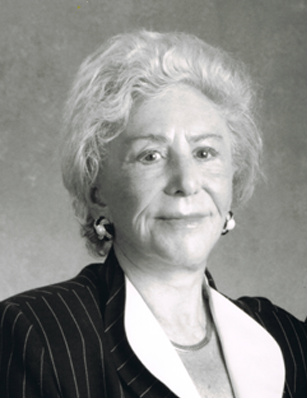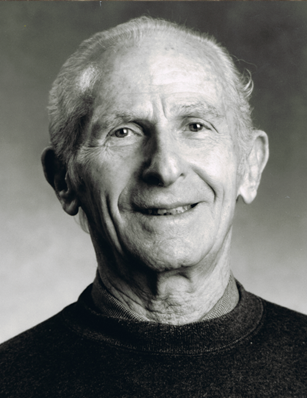Experience: Crematorium

|

|
|
|
|
|
|
|
|
|
|
|
|
|
|
|
|
|
|
|
|
|
“Auschwitz-Birkenau also contained the facilities for a killing center. It played a central role in the German plan to kill the Jews of Europe. During the summer and autumn of 1941, Zyklon B gas was introduced into the German concentration camp system as a means of murder. At Auschwitz I, in September, the SS first tested Zyklon B as an instrument of mass murder. The "success" of these experiments led to the adoption of Zyklon B for all the gas chambers at the Auschwitz complex.
“Near Birkenau, the SS initially converted two farmhouses for use as gas chambers. “Provisional” gas chamber I went into operation in January 1942 and was later dismantled. Provisional gas chamber II operated from June 1942 through the fall of 1944. The SS judged these facilities to be inadequate for the scale of gassing they planned at Auschwitz-Birkenau.
“Four large crematorium buildings were constructed between March and June 1943. Each had three components: a disrobing area, a large gas chamber, and crematorium ovens. The SS continued gassing operations at Auschwitz-Birkenau until November 1944.
DEPORTATIONS TO AUSCHWITZ
“Trains arrived at Auschwitz-Birkenau frequently with transports of Jews from virtually every country in Europe occupied by or allied to Germany. These transports arrived from 1942 to the end of summer 1944. The breakdown of deportations from individual countries, given in approximate figures, is: Hungary: 426,000; Poland: 300,000; France: 69,000; Netherlands: 60,000; Greece: 55,000; Bohemia and Moravia: 46,000; Slovakia: 27,000; Belgium: 25,000; Yugoslavia: 10,000; Italy: 7,500; Norway: 690; other (including concentration camps): 34,000.
“Trains arrived at Auschwitz-Birkenau frequently with transports of Jews from virtually every country in Europe occupied by or allied to Germany. These transports arrived from 1942 to the end of summer 1944. The breakdown of deportations from individual countries, given in approximate figures, is: Hungary: 426,000; Poland: 300,000; France: 69,000; Netherlands: 60,000; Greece: 55,000; Bohemia and Moravia: 46,000; Slovakia: 27,000; Belgium: 25,000; Yugoslavia: 10,000; Italy: 7,500; Norway: 690; other (including concentration camps): 34,000.
“With the deportations from Hungary, the role of Auschwitz-Birkenau as an instrument in the German plan to murder the Jews of Europe achieved its highest effectiveness. Between late April and early July 1944, approximately 440,000 Hungarian Jews were deported, around 426,000 of them to Auschwitz. The SS sent approximately 320,000 of them directly to the gas chambers in Auschwitz-Birkenau and deployed approximately 110,000 at forced labor in the Auschwitz concentration camp complex. The SS authorities transferred many of these Hungarian Jewish forced laborers within weeks of their arrival in Auschwitz to other concentration camps in Germany and Austria.
“In total, approximately 1.1 million Jews were deported to Auschwitz. SS and police authorities deported approximately 200,000 other victims to Auschwitz, including 140,000-150,000 non-Jewish Poles, 23,000 Roma and Sinti (Gypsies), 15,000 Soviet prisoners of war, and 25,000 others (Soviet civilians, Lithuanians, Czechs, French, Yugoslavs, Germans, Austrians, and Italians).
“New arrivals at Auschwitz-Birkenau underwent selection. The SS staff determined the majority to be unfit for forced labor and sent them immediately to the gas chambers, which were disguised as shower installations to mislead the victims. The belongings of those gassed were confiscated and sorted in the "Kanada" (Canada) warehouse for shipment back to Germany. Canada symbolized wealth to the prisoners.
“At least 960,000 Jews were killed in Auschwitz. Other victims included approximately 74,000 Poles, 21,000 Roma (Gypsies), and 15,000 Soviet prisoners of war; and 10,000-15,000 members of other nationalities (Soviet civilians, Czechs, Yugoslavs, French, Germans, and Austrians).
“On October 7, 1944, several hundred prisoners assigned to Crematorium IV at Auschwitz-Birkenau rebelled after learning that they were going to be killed. During the uprising, the prisoners killed three guards and blew up the crematorium and adjacent gas chamber. The prisoners used explosives smuggled into the camp by Jewish women who had been assigned to forced labor in a nearby armaments factory. The Germans crushed the revolt and killed almost all of the prisoners involved in the rebellion. The Jewish women who had smuggled the explosives into the camp were publicly hanged in early January 1945.
“Gassing operations continued, however, until November 1944, at which time the SS, on orders from Himmler, disabled the gas chambers that still functioned. The SS destroyed the remaining gassing installations as Soviet forces approached in January 1945.
Accessed on July 19, 2011
Accessed on July 19, 2011
Accessed on July 20, 2011
Contact us
thank you!
Your application is successfuly submited. We will contact you as soon as possible
thank you!
Your application is successfuly submited. Check your inbox for future updates.